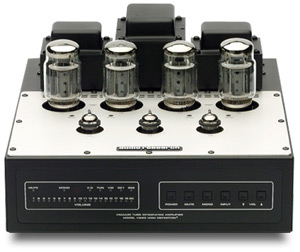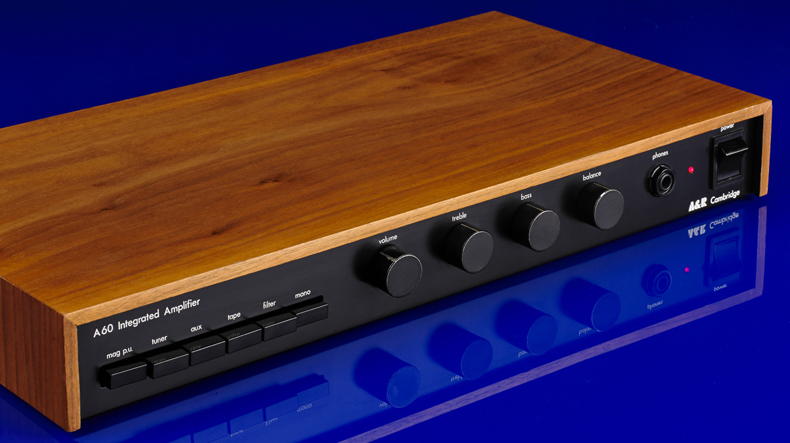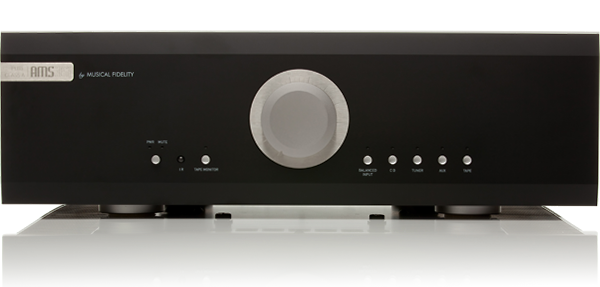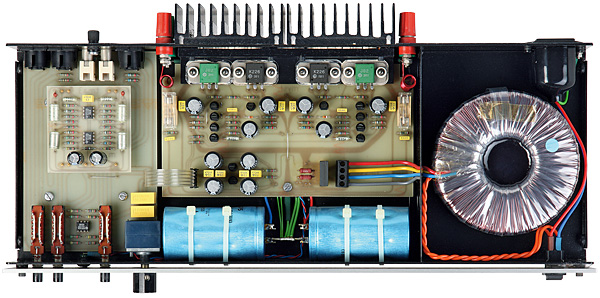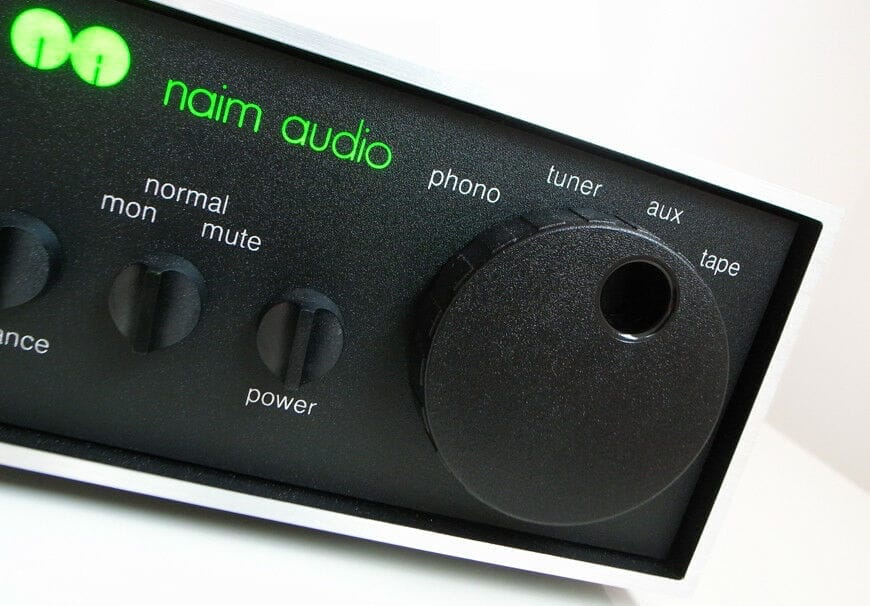Few would deny that a well-built valve amplifier can produce excellent sound, but the problem is that they aren’t as user-friendly as solid-state devices – at least not to the uninitiated. While you can buy any sensible transistor integrated, plug it in, and expect a reasonable sound regardless of your system, thermionic valves aren’t exactly the same.
Loudspeaker sensitivity and impedance, amplifier output power, and output transformer quality all become important considerations. Then there’s the fact that valve amplifiers are typically sold as power amplifiers only, necessitating the purchase of a matching preamp, and that they’re almost always devoid of features. Then there’s the matter of valve life, as well as the possibility that the amplifier will need to be serviced. The list could go on…
Surprisingly, it is precisely these concerns that draw a particular type of fanatical audiophile. The fact that tube amplifiers aren’t the most user-friendly of gadgets is precisely what attracts these enthusiasts, who boldly proclaim that with tubes, “no pain, no gain!” If you’re this type of fan, you’ll want to look elsewhere — the Vsi55 isn’t for you!
It’s essentially an integrated version of Audio Research’s VS55 power amplifier, which was formerly quite popular. It’s a large, imposing-looking device that’s not unattractive, and it was released in 2005 for £2,895. It measures 14x8x16 (in old money) and has a machined, anodized aluminium top plate with a huge inset Audio Research logo in the center. The output and mains transformers, as well as the housing, are finished in a deliberate matt black.
The front panel has a long LED volume display that also shows the source selected and whether or not muting is active. The bank of control buttons on the right includes power, mute, source (which switches between the five inputs), and volume up and down. The included remote duplicates all of these controls; it’s not the most attractive device, but it gets the job done. In comparison to most of its tubular competitors at the time and now, the Audio Research Vsi55 is an ergonomic dreamboat.
There are five pairs of single-ended inputs labelled CD, Tuner, Video, SE1 and SE2, as well as a full-range mono subwoofer output, voltmeter test points for establishing bias, and adequately sized loudspeaker terminals with both four and eight ohm taps, as well as an IEC mains plug around the back. For families with young children or pets, the amplifier features an optional perforated cage-type top cover (which cost £250 when it was new).
As with the sibling REF2 MkII, Audio Research claims that very short, high-performance input relay paths are used. The active circuitry is largely the same as the VS55, but with a 7dB gain boost for increased sensitivity. It also has the same Class A input (with controlled DC heater supply), three 6N1P driver stages, and partial cathode-coupled Class AB output stages with two pairs of 6550EH output tubes. Three small rubber socks are included for the input valves, allegedly to reduce sound-deadening resonance.
The control component is passive, with microprocessor-controlled relays that greatly contribute to the simplicity of use of this amplifier. When you turn it on, a flashing LED indicates that the output is muted for thirty seconds while the unit heats up. The amplifier then switches to the last input selected and to mute mode, which is a welcome loudspeaker (and ear)-friendly option given the amplifier’s significant power. The electronic input selection and warm-up features, along with remote control, as well as the exceptional build quality and finish, make the VSi55 an instant hit with seasoned valve-ophiles and solid-states alike.
The VSi55 is an unabashedly simple, user-friendly, one-box solution to the problem of home audio amplification. It sounds fantastic in its own right. Audiophiles looking for a mix of significant power and speaker driving ability, as well as a very engaging and propulsive sound, will adore this. It sounds a lot like a valve version of a decent transistor integrated, with a lot of grip, punch, power, and precision – and a lot of bass – but with true timbral accuracy and a really vivid midband.
The VSi55 is actually tenacious, whereas most valve amplifiers soften and attenuate bass guitar notes, becoming loose and fluffy in comparison to solid state. It’s a little warm down south, but it’s very tight and powerful. It doesn’t have the same amount of grip as Naim, but it’s comparable to good solid-state designs from the time, like as Musical Fidelity’s A308 Integrated. Until the volume is turned up to ear-splitting levels, there is no sense of compression or suffocation.
It lacks a forensic, ‘hear-through’ midband, thus it isn’t as precisely etched as a top solid state design. However, it isn’t that far off — the VSi55 takes pride in delivering a wealth of detail with zeal and attention. When compared to solid-state equivalents, the lack of midband ‘clang’ that properly implemented valve amp designs offer never ceases to amaze me. This is exactly what the VSi55 provides.
If the combination of barrel chested bass and beautifully punchy and propulsive midband coupled to wonderful tone accuracy sounds too fantastic to be true, you’ll be relieved to learn that this Audio Research integrated isn’t without flaws. Treble isn’t as bright as the bass and midband. It’s a sweet, generic cymbal sound, but if you listen to Dr Feelgood’s Down By the Jetty (a thrashy new wave album), you’ll hear the exact same pleasant, warm characteristic. The highs are essentially devoid of actual incision or analysis – even Sugden’s A21a Class A solid state integrated, which costs a third of the price, performs better. Those looking for silky smooth, velveteen high treble should opt for a decent parallel single ended design, which will produce a more organic and cohesive upper mid and treble, but remember to utilize horn loudspeakers – or crank up your hearing aid…
The VSi55’s many abilities come together to create a riotously musical event. You may play it a variety of music and sit back and be surprised. The mesmerizing electronic strains of Kraftwerk’s Computer Welt revealed tremendous quantities of midband clarity, revealing the track’s sequenced electronic drumming like few amplifiers I’ve heard before. Even at ear-splittingly high volumes, Yazz’s Fine Time’s enormous, thumping basslines demonstrated how meaty those output transformers are. When you listen to gentle, acoustic rock like Susanne Vega’s Freeze Tag, though, the amplifier transforms from a beefy monster to the epitome of delicacy and calm…
I still think this is one of the most user-friendly valve amplifiers I’ve seen. Its fantastic sound and exquisite appearance will appeal to tube purists, but its ease of use, power reserves, and plethora of features will entice an entirely new sort of buyer – one who had previously only considered a high-end transistor integrated or entry-level pre-power. It’s an unabashedly all-encompassing design that succeeds in achieving its goal. In a nutshell, tubes that do not tear.

